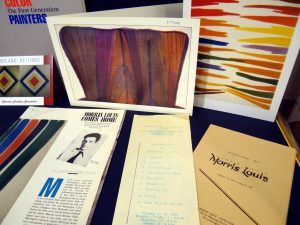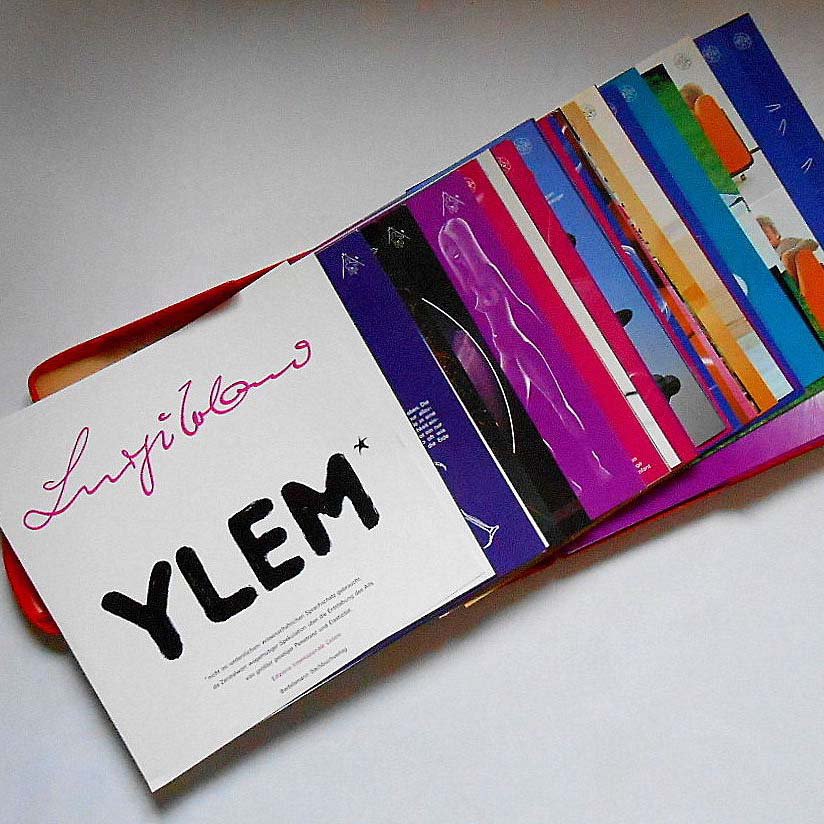At the Cooper Hewitt, Smithsonian Design Museum the study and teaching of design includes learning about the materials and techniques used in designing objects, textiles, and works on paper. The more »
Tag: Art
August 2019 will mark the 50th anniversary of the mother of contemporary music festivals: Woodstock. Held over three days in 1969, the festival featured three-days of performances for folk and rock artists like Joan Baez, Janis Joplin, and Jimi Hendrix. The legacy of the festival was cemented by the Woodstock documentary and a song of the same name by folk luminary, Joni Mitchell. That’s a lot of talk about Woodstock when the festival wasn’t actually held there. Woodstock the event was actually held in Bethel, a neighboring town in upstate New York. Woodstock itself wasn’t even considered as a site for the festival. According to Woodstock the Oral History (1989) the only connection between the concert and the town is that the event’s promoters originally considered building a music studio in Woodstock, NY and incorporated under the name Woodstock Ventures. So what about the other Woodstock? Though it didn’t host the eponymous music festival, Woodstock, NY had been home to a thriving art colony since the early 1900s.
This post was contributed by Evelyn Meynard, graduate student in the History of Design and Curatorial Studies program offered jointly by the Parsons School of Design and the Cooper Hewitt Smithsonian Design Museum, and Elizabeth Broman, Reference Librarian, Cooper Hewitt Smithsonian Design Library.
All incoming students in The New School Parsons History of Design and Curatorial Studies (MA) Masters’ Degree Program at the Cooper Hewitt, Smithsonian Design Museum take an object and research based class called Pro-Seminar. This course trains students in conducting formal analyses, writing catalog entries, and making visual presentations that require students to conduct and integrate primary and secondary source research. The Cooper Hewitt Library regularly collaborates with faculty and students, providing research resources, curriculum consultation and Special Collections presentations for classes. Selecting one work from the Cooper-Hewitt collection to study during the semester, that ”work” can be a book from the Cooper Hewitt Design Library presented by staff during curatorial orientations.
In conjunction with the recent exhibition “Hard-edged, Bright Color: The Washington Color School” produced by Angelique Roy at the American Art and Portrait Gallery (AA/PG) Library, the blog has been exploring the group of color artists featured in the exhibition.

The Smithsonian Libraries is pleased to announce the donation of research ephemera for more than 4,000 artists from the Art Students League of New York (ASL), to be housed at the American Art Museum and Portrait Gallery (AA/PG) Library.

In conjunction with the exhibition “Hard-edged, Bright Color: The Washington Color School” at the American Art and Portrait Gallery (AA/PG) Library, the blog will be exploring the group of color artists to accompany the exhibit running until late spring. We’ll be exploring three of the “first generation” Washington Color School artists: Thomas Downing, Howard Mehring, and Paul Reed.

In conjunction with the exhibition “Hard-edged, Bright Color: The Washington Color School” at the American Art and Portrait Gallery (AA/PG) Library, the blog will be exploring the group of color artists to accompany the exhibit running until late spring. We’ll be exploring three of the “first generation” Washington Color School artists: Morris Louis, Kenneth Noland, and Gene Davis. You can read the first post in this series here.
The 1950s and 1960s saw the emergence of a new ‘School’ in the American capital, the Washington Color School. Experimenting with fields of bright colors achieved by applying thinned paint onto large canvases, these artists sought to enrapture a viewer without the use of narrative or symbolism.



